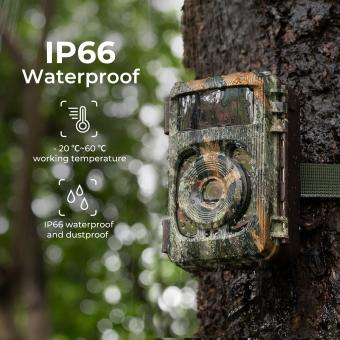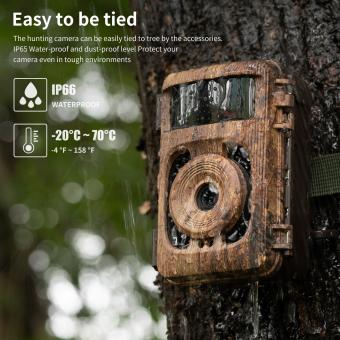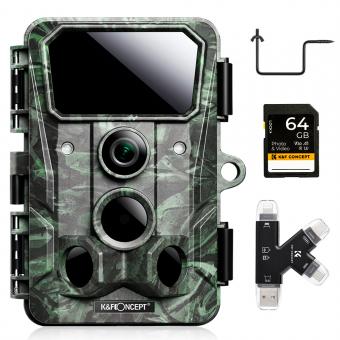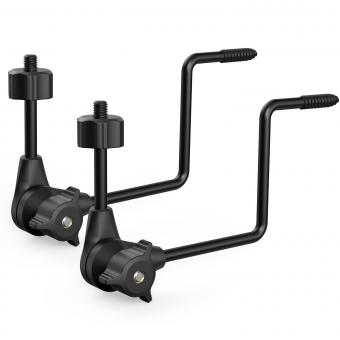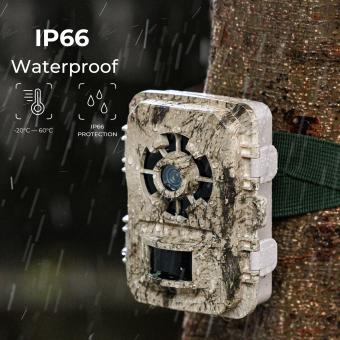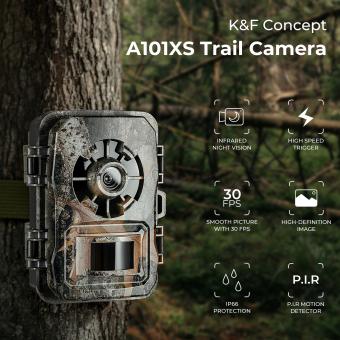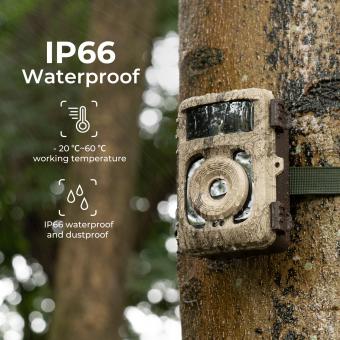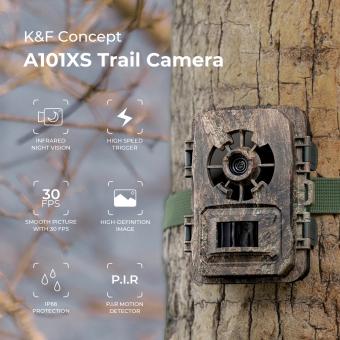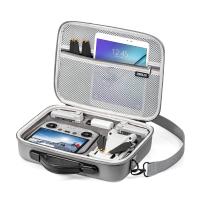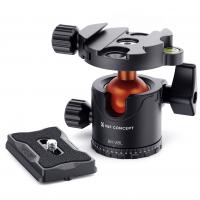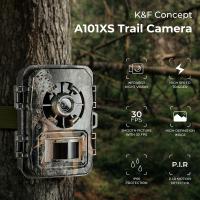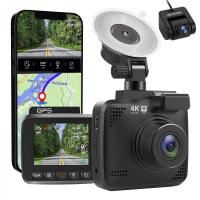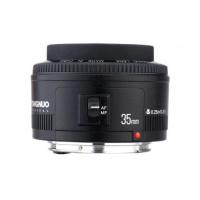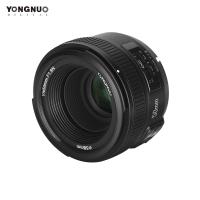Can You Put Trail Cameras On Public Land?
Trail cameras have become an essential tool for wildlife enthusiasts, hunters, and researchers. They provide invaluable insights into animal behavior, population dynamics, and habitat use. However, the question of whether you can place trail cameras on public land is a common one, and the answer is not always straightforward. This article aims to provide a comprehensive guide on the subject, addressing the legal, ethical, and practical considerations involved.
Legal Considerations
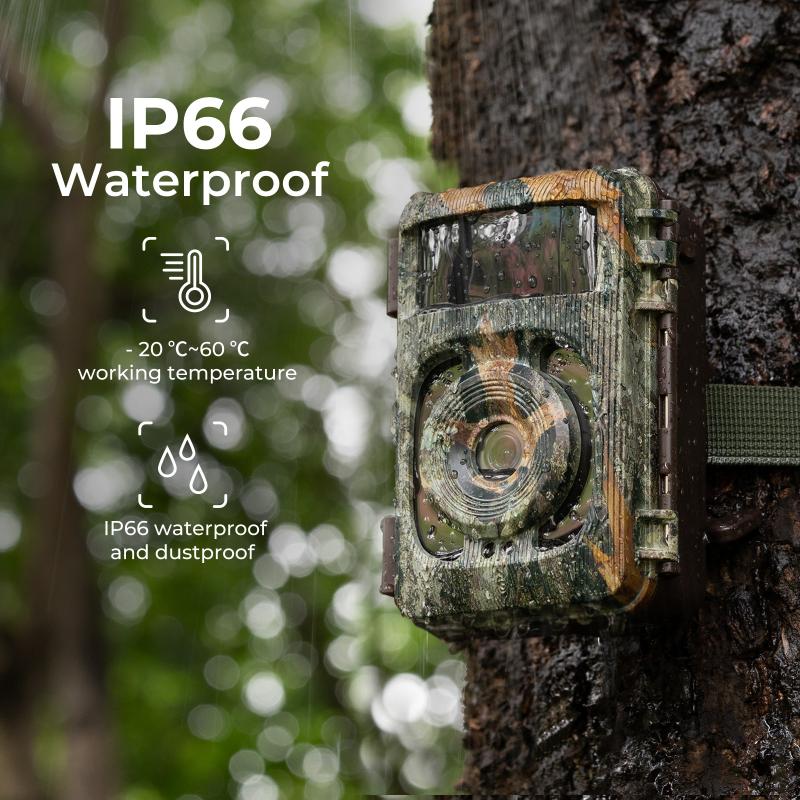
The legality of placing trail cameras on public land varies significantly depending on the jurisdiction and the specific type of public land in question. Here are some general guidelines:
1. National Parks and Wildlife Refuges: In many countries, placing trail cameras in national parks and wildlife refuges is strictly regulated. You often need a special permit, and there may be restrictions on where and how you can place the cameras. The primary concern is to minimize human impact on wildlife and their habitats.
2. State and Provincial Parks: Regulations can vary widely. Some states or provinces may allow trail cameras with few restrictions, while others may require permits or have specific rules about camera placement. Always check with the relevant state or provincial park authority before setting up your camera.
3. Bureau of Land Management (BLM) and National Forests: These lands are generally more lenient when it comes to trail cameras. However, there may still be specific rules and guidelines to follow. For example, some areas may have restrictions during certain times of the year to protect sensitive species or habitats.
4. Local Parks and Municipal Lands: Local regulations can be the most variable. Some municipalities may have no specific rules regarding trail cameras, while others may have strict regulations. Always check with local authorities.
Ethical Considerations
Even if placing a trail camera on public land is legal, there are ethical considerations to keep in mind:
1. Wildlife Disturbance: The primary ethical concern is the potential disturbance to wildlife. While trail cameras are generally non-intrusive, frequent visits to check the cameras can disrupt animal behavior. Use cameras with long battery life and large memory cards to minimize the need for frequent visits.
2. Privacy Concerns: Public land is used by many people for various activities. Placing a trail camera in a location where it might capture images of people can raise privacy issues. Always consider the placement of your camera to avoid infringing on the privacy of other public land users.
3. Environmental Impact: Be mindful of the environment when placing and retrieving your camera. Avoid trampling vegetation or disturbing sensitive habitats. Use existing trails whenever possible to minimize your impact.
Practical Considerations
In addition to legal and ethical considerations, there are practical aspects to think about when placing trail cameras on public land:
1. Camera Security: Theft and vandalism are significant concerns. Use security boxes, cable locks, and camouflage to protect your camera. Placing the camera in less obvious locations can also help reduce the risk of theft.
2. Camera Placement: The success of your trail camera depends on its placement. Look for animal trails, water sources, and feeding areas. Consider the height and angle of the camera to ensure you capture the best images.
3. Data Management: Managing the data from your trail camera can be time-consuming. Use cameras with wireless capabilities if possible, so you can check images remotely. Organize and back up your data regularly to avoid losing valuable information.
Case Studies and Examples
To provide a clearer picture, let's look at a few case studies and examples:
1. National Parks: In the United States, placing trail cameras in national parks like Yellowstone or Yosemite requires a special permit. Researchers often use these permits to study specific wildlife populations. For example, a study on the behavior of grizzly bears in Yellowstone used trail cameras to gather data without disturbing the animals.
2. State Parks: In some states, like Colorado, placing trail cameras in state parks is allowed with certain restrictions. Hunters often use these cameras to monitor deer populations. However, they must follow specific guidelines to ensure they do not disturb other park users or wildlife.
3. BLM Land: On BLM land, regulations are generally more relaxed. For example, in Arizona, hunters and wildlife enthusiasts frequently use trail cameras to monitor game. However, they must still follow guidelines to minimize their impact on the environment and other land users.
Placing trail cameras on public land can be a rewarding experience, providing valuable insights into wildlife behavior and helping with conservation efforts. However, it is essential to navigate the legal, ethical, and practical considerations carefully. Always check the specific regulations for the public land you plan to use, consider the ethical implications of your actions, and take practical steps to protect your camera and minimize your impact on the environment.
By following these guidelines, you can enjoy the benefits of trail cameras while respecting the laws and ethical considerations that protect our public lands and the wildlife that inhabit them. Whether you are a researcher, hunter, or wildlife enthusiast, responsible use of trail cameras can contribute to our understanding and appreciation of the natural world.

